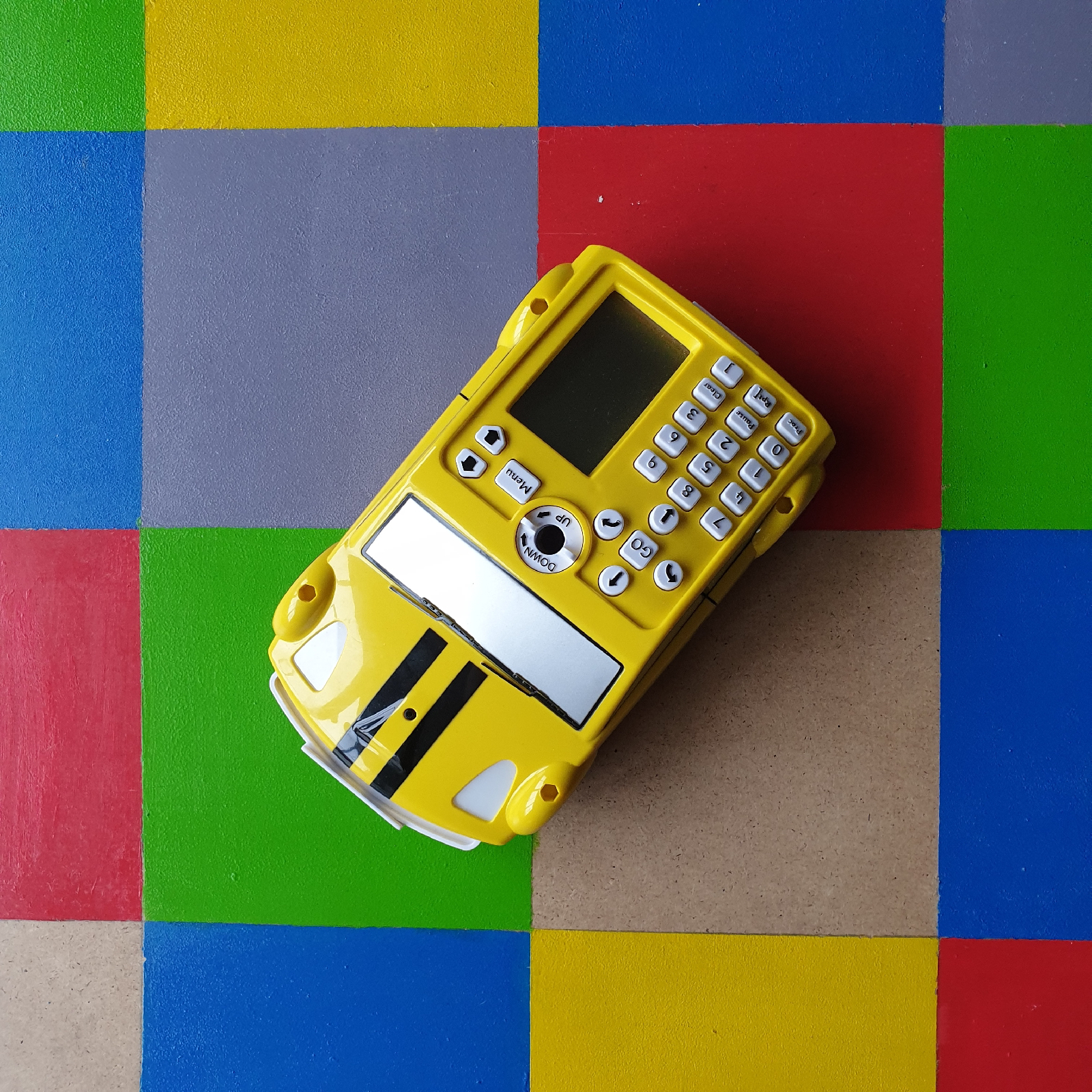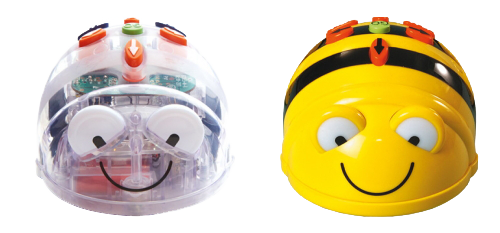FABLAB

What does FABLAB stand for? It stands for "Fabrication laboratory". Technology is increasing! In Thomas More University of Applied Sciences you have a Fablab . The Fablab is accessible to all students. You see more and more laser cutters 3D printers coming into the schools and cheaper accessible programs to work with. But what can you do with it? Meaningful learning Meaningful education increases children's motivation and therefore their ability to learn and remember what they learned. I like to work with wooden materials, because it is more natural. As I'm a very creative person I love to create my own materials for my class. This give me the possibility to follow the interests and needs of my children. What can you do with a 3D printer? The 3D printer gives you the possibility to print details of objects that are difficult to see with the bare eye. E.g. insects printed out enlarged or when you work around the body you can show how their insi



